8 Key Phrases for Navigating 'Izakaya'
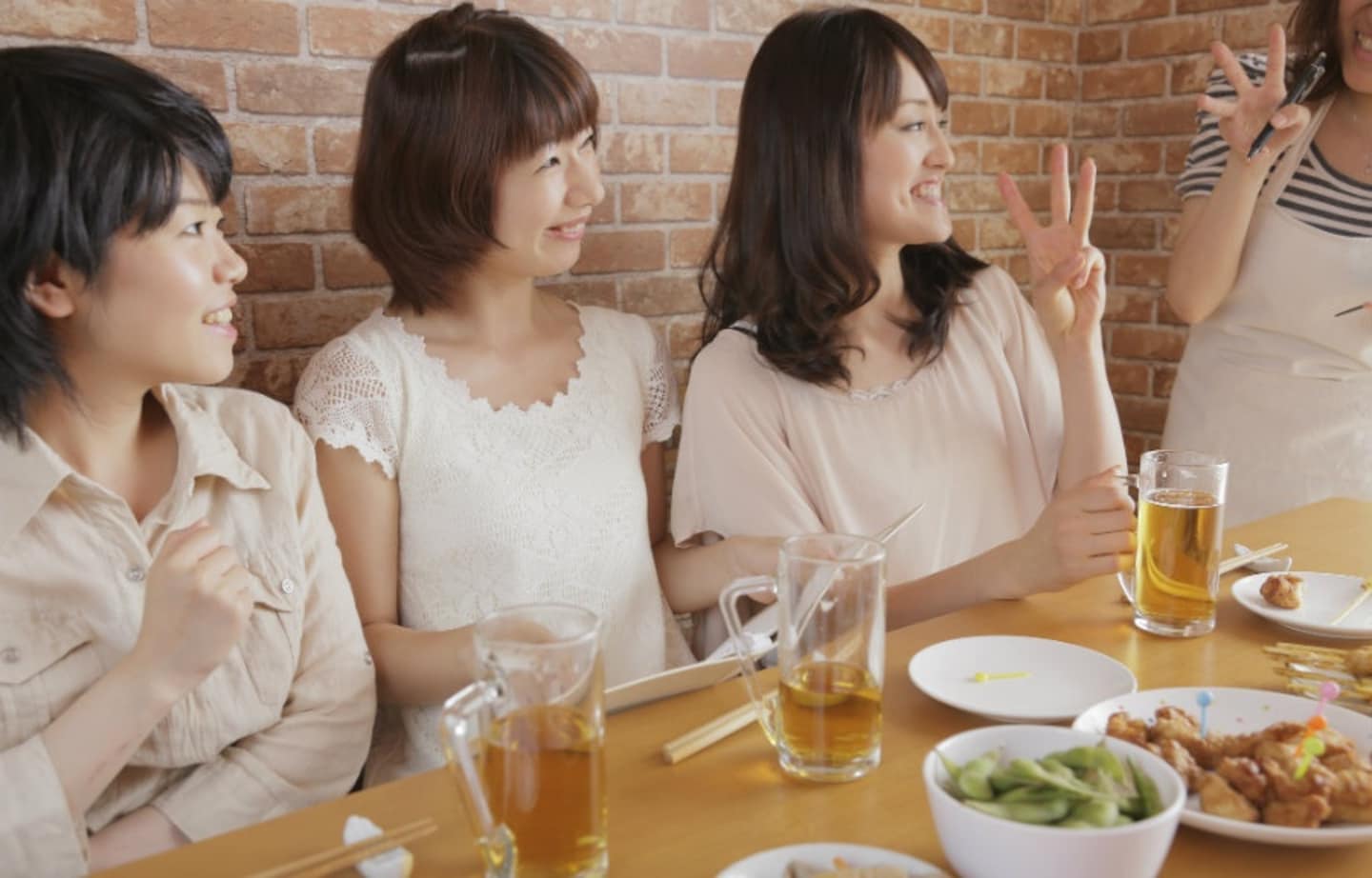
It can be intimidating to walk into an izakaya (Japanese-style pub) for the first time. But it doesn't have to be a public disaster—in fact, you can generally get by with only the word sumimasen ("Excuse me") if need be. But if you'd like to stride in with a little more linguistic confidence, check out the phrases below!
By Michael Kanert1. 'San-mei'
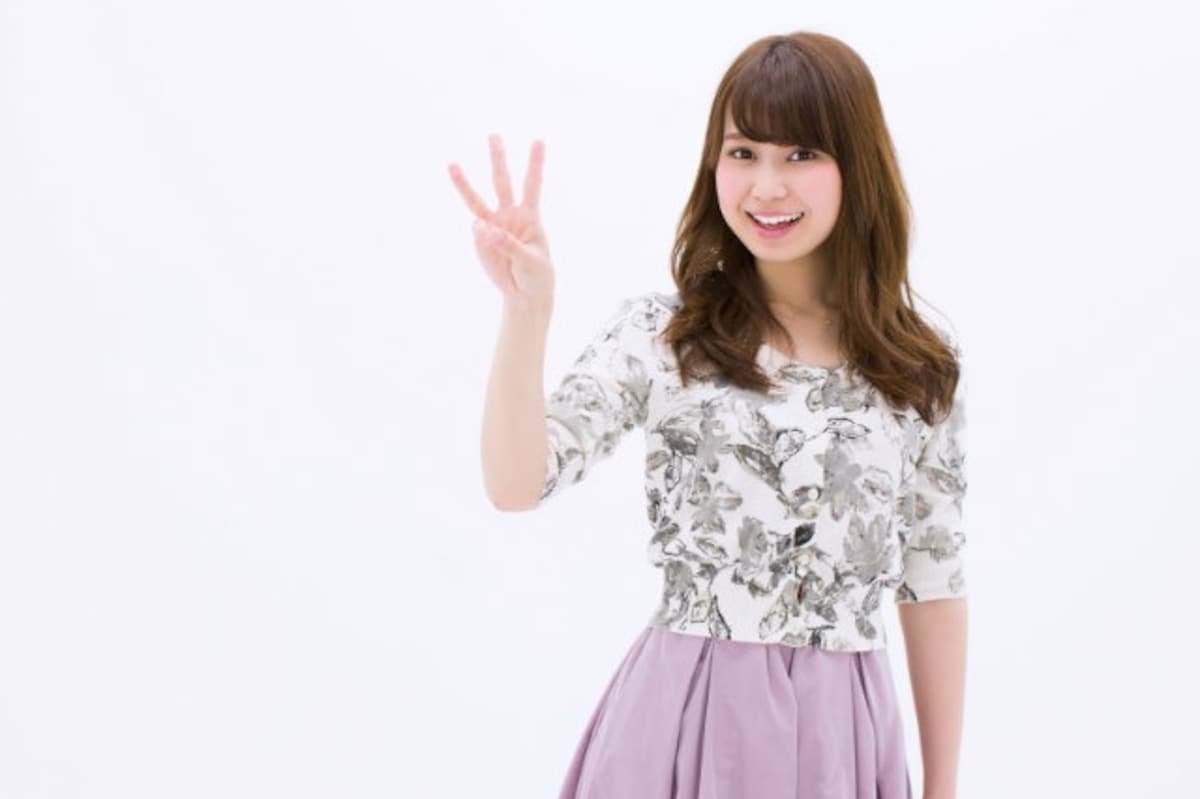
Upon entering an izakaya, you'll likely be asked how many people are in your party: "Nanmei-sama desho-ka?" (or perhaps more simply, "Nanmei?"). It's perfectly fine to just hold up your fingers or even say the number in English—though numbers higher than 10 may take some reinforcement for clarity. But if you want to feel fluent, you can say "X mei", where mei is a counter referring to the number of people in attendance and X is the number of people.
Of course, you'll need to know your Japanese numbers for this to work: ichi (1), ni (2), san (3), yon (4), go (5), roku (6), nana (7), hachi (8), kyu (9), ju (10). While four and seven are normally read as shi and shichi, respectively, when combined with counters they generally become yon and nana, giving you yon-mei and nana-mei in this case.
Upon entry, you might also hear, "Yoyaku sarete imasu ka?" or simply "Yoyaku wa?" This means, "Do you have a reservation?" And if you don't have one, you're probably out of luck—because if they're asking, it means the place is likely full!
2. 'Sumimasen'
https://www.youtube.com/watch?time_continue=26&v=F0bmN2ByRnU
Sumimasen is the most versatile word in the Japanese language: it means "Excuse me," and it both gets you your beer and excuses you for having spilled it. It's also what you call out to get staff attention in izakaya, meaning it's vital to the standard process of ordering round after round of drinks and small dishes.
Don't be shy! Just call out "SU-mi-ma-SEHHHHHN!" and enjoy the satisfaction of having the staff appear at your command. However, do check if the shop has call buzzers at the table—because you will indeed feel a little silly if you're the only one yelling out when everyone else is using the buzzers.
3. 'Kore, mittsu'
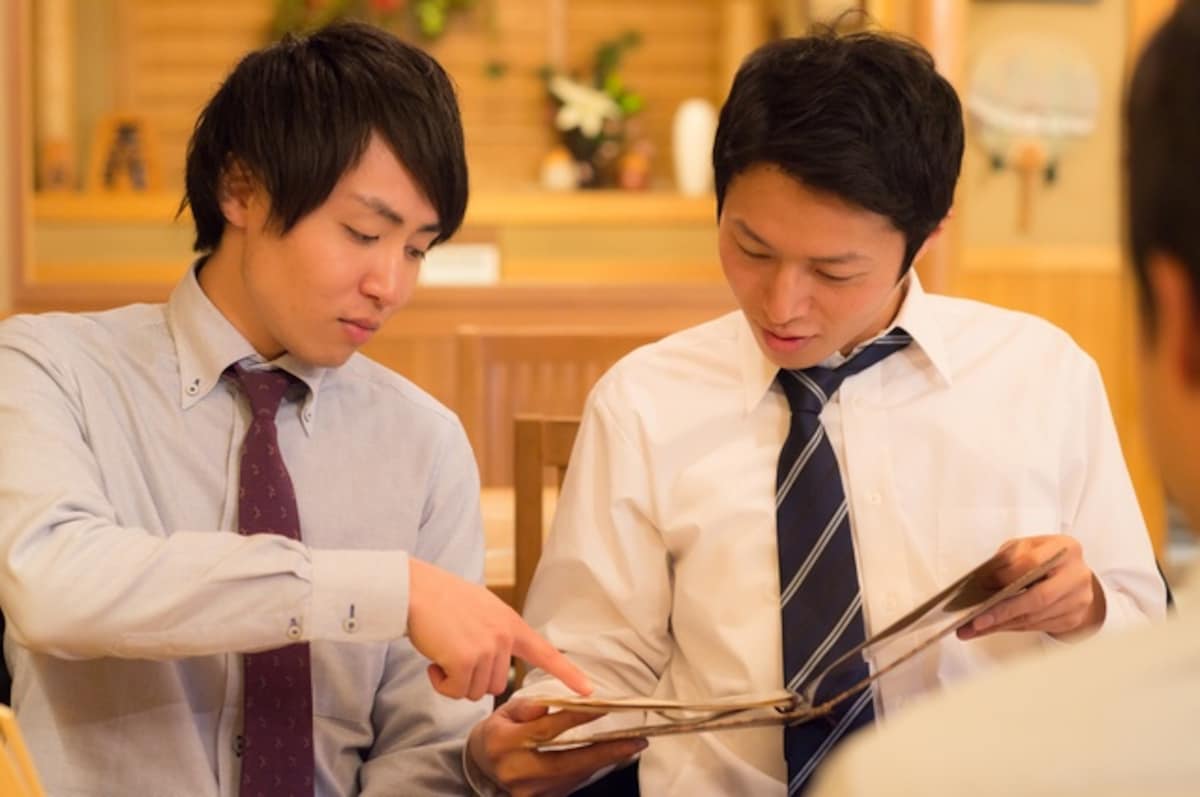
Even for Japanese people, a very common way to order at an izakaya is to point to an item on the menu and say how many they'd like. In a pinch, you can just do this in English: "This, three. This, two," etc. However, if you want to level-up your local vernacular, you'll have to learn a whole new way of counting to use tsu, the counter for irregularly shaped objects.
The suffix is easy enough, but all the numbers change, becoming hitotsu (1), futatsu (2), mittsu (3), yottsu (4), itsutsu (5), muttsu (6), nanatsu (7), yattsu (8), kokonotsu (9), to (10). That's the hard part. After that, just point to what you want and say, "Kore, mittsu. Kore, futatsu." ("This, three. This, two.") While it sounds simplistic, this is exactly how Japanese people typically order. (And yes, more advanced learners will know that technically some items have different counters depending on their shape, but nobody's going to fault you for defaulting to tsu.)
If that feels like a lot to handle, keep in mind that the reality is you're probably never going to need more than four or maybe six of the same thing at an izakaya anyway, so you probably don't have to worry about the higher numbers (remember, you'll usually just make lots of small orders rather than one big one). The only exception might be beer, but that's generally resolved by everybody who wants one holding up their hand.
Beer is simply biiru or nama, the latter being the "draft" of "draft beer." Usually one person will ask the group, "Biiru no kata?" ("Beer people?"), after which everyone interested raises a hand and says "Hai!" ("Yes!"), someone counts, and you're done. The staff will often ask you about drinks right after you sit down, and this all gets sorted in a flash.
4. 'Ijo'
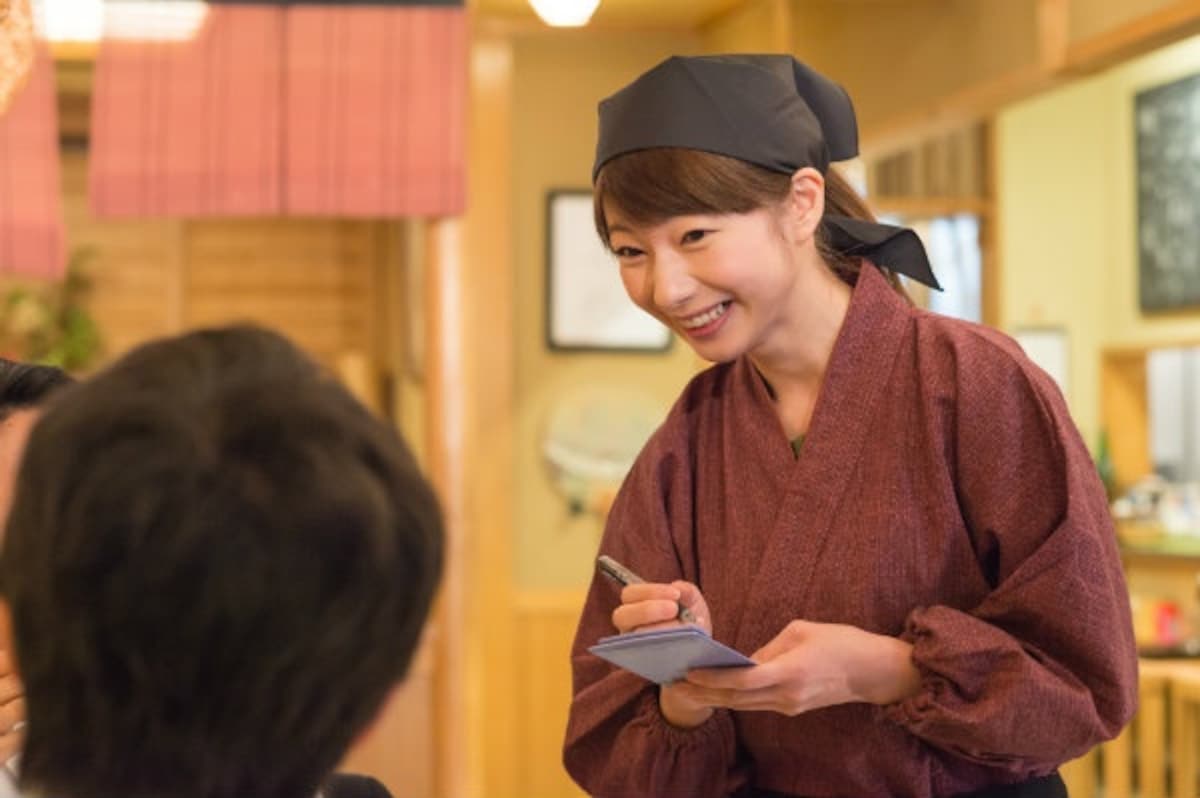
Ijo is a very helpful word that literally means, "over" or "the end." Simply say ijo when you're done placing your order and the staff will stop staring at you waiting for the next item.
5. 'Kampai!'
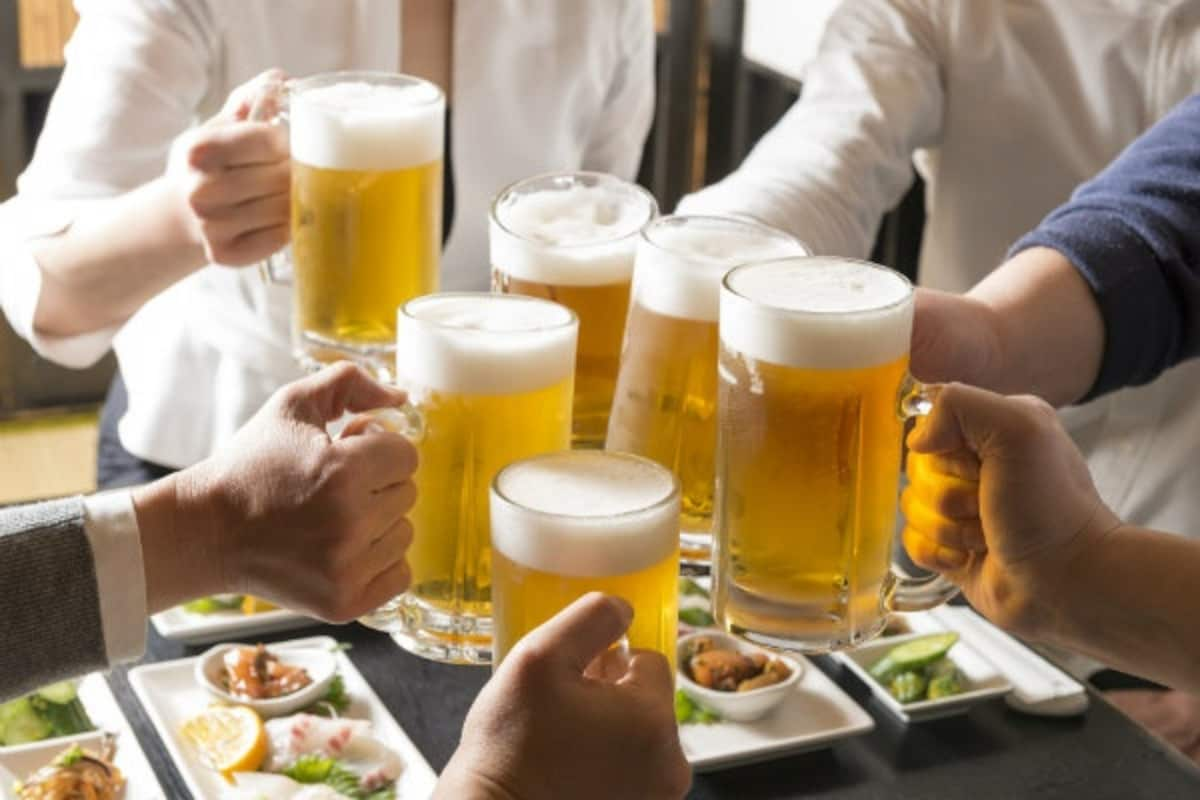
Once everyone has their drinks, it's time to tap them all together with a rousing cry of "Kampai! ("Cheers!")
6. 'O-te-arai wa?'
https://www.youtube.com/watch?v=YV6jKih6Tjs
After a few rounds of those drinks, you'll probably need to find the washroom. "Where's the bathroom?" can be formally asked as "O-te-arai wa doko desu ka?" But all you really need to say is, "O-te-arai wa?" and the staff will point you in the right direction. If you have trouble with o-te-arai, another synonym for washroom is toire.
7. 'O-kaikei'
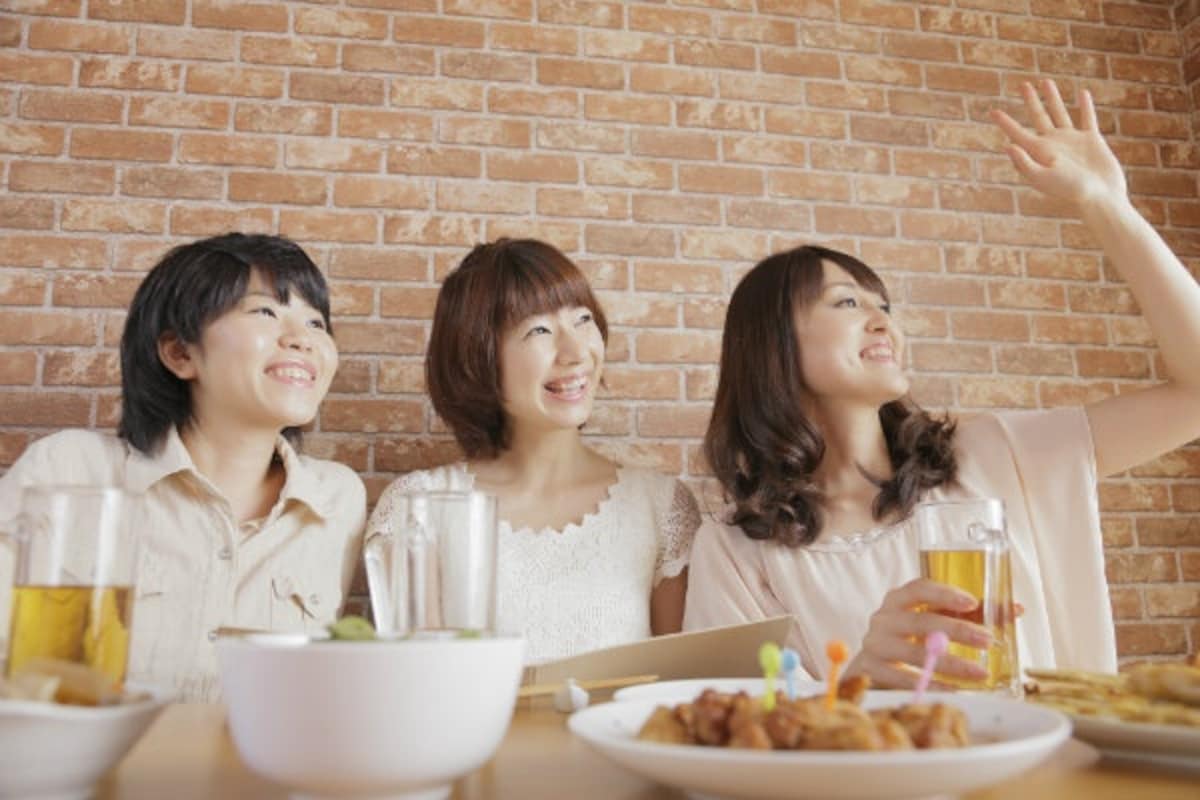
When you want the check, there are a few way to go about it. The easiest is to summon the staff and cross your index fingers in an X (lots of Japanese people do this!), but if you want to be a little more verbal, you can say, "O-kaikei" (bill) or "O-kaikei onegai shimasu" ("Bill, please"). Another alternative is "Chekku onegai shimasu" ("Check, please").
8. 'Gochiso-sama!'
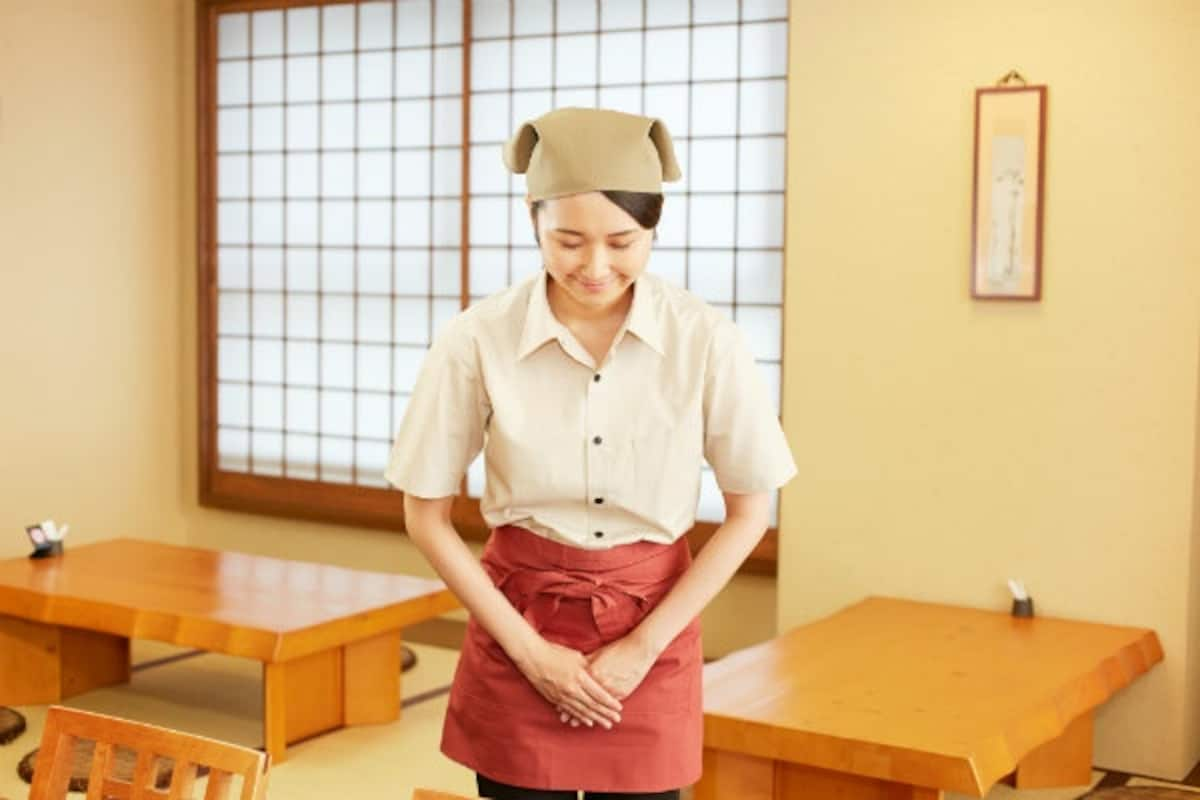
On the way out, it's polite to say "Gochiso-sama" or "Gochiso-sama deshita" ("Thanks for the meal") to the staff at the door. You can get by with "Arigato" or simply "Thank you," but "Gochiso-sama" is the standard phrase of thanks when you're done eating.
That's it! Now go out there and give an izakaya a shot with confidence! If you'd like a few more tips on what to order and how to pay, you might also want to check out 6 Things You Need to Know About Izakaya.



